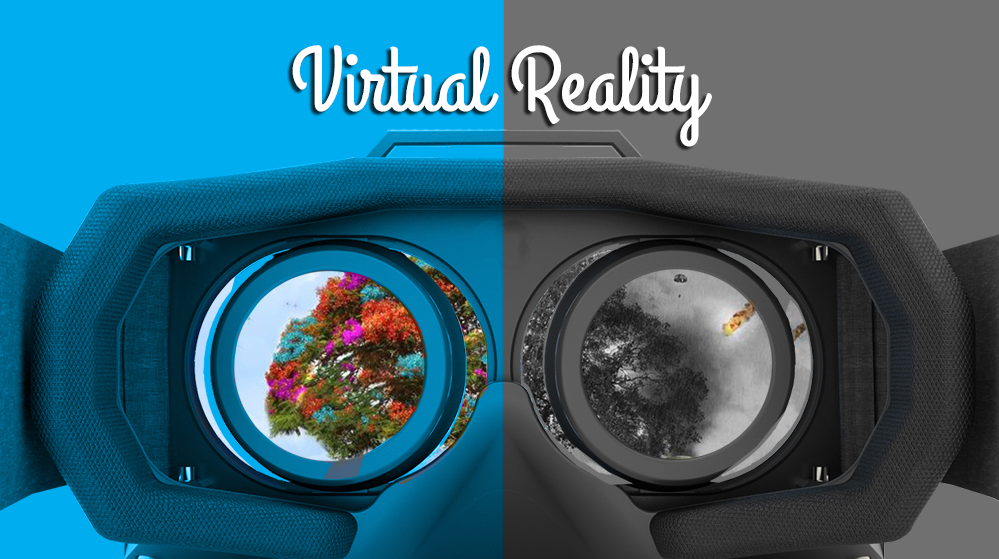A Look Back at Where Virtual Reality First Began
Virtual reality has become a huge business these days. It seems that everyone is taking advantage of the improvements made to the technology. Although we think of virtual reality being a completely new form of technology, it is actually quite an old concept. The ability to have a virtual reality experience is now right within the grasp of the average person, but it was not always so accessible. Here is a look into the history of the virtual reality concept as well as the actual implications.
The First Idea
Many people will state that virtual reality concepts did not come into play until the mid-1960s, but there is an earlier concept that does not get as much attention today. The first instance of the virtual reality concept was not with modern computers or even movement, but panoramic art work that began to be popular during the era. The idea is truly the infancy of virtual reality, but we can plainly see that this is where the thought of complete submersion into alternate realities first began.
Simulation Comes into Play
These days there is not likely anyone who has never had the joy of using a simulator. These devices are used in training soldiers and even for just entertainment at amusement parks and many different venues. The first simulators were introduced in the 1920s. They were not the ingenious devices that we know of now but rather simple ways to alter the perception of reality and to allow people to feel as though they are somewhere else. This was the birth of what would be the first ever flight simulator used to train the U.S. Air Force in 1966.
The First Console
Virtual reality is all about altering the current reality in favor of something else. It now allows the user to completely immerse themselves into another world for all types of both entertainment as well as educational uses. The early forms of the technology were severely limited by the lack of technology, but during 1960, Morton Heilig developed the first ever single console device for use with virtual reality. The bonus to this device was not only could the user see the alternate reality, but it was in tune with all senses the experience was one of true virtual reality where the user could smell and hear everything going on.
The Headset
Ost people these days only see virtual reality as the headsets that have become so popular. The first head set was called Headsight and it was developed by an engineering corporation called Philco Corporation. The development was originally intended for use in dangerous endeavors. The situation could be monitored via a closed-circuit television system without putting the lives of humans in jeopardy.
Also Read:- The Future of Virtual Reality – Anthony Tornambe
The headset was further enhanced in 1965 to allow for more realism by Ivan Sutherland. The original concept was far from portable as the headset was tethered to the computer, but the concept was remarkably visionary of today’s virtual reality. The user was able to not only see the images in real time images, but even manipulate certain objects within the scene. The main drawback to this system was the fact that it was quite heavy and had to be suspended in the air by cables so as not to crush the user.
Government Agencies
The government has looked to the significance of virtual reality since the 1960s, but as the technology advanced into the 1980s, government agencies increased their use of virtual reality. The uses were endless and the technology was used to help NASA train for space missions and the national defense department train agents before they were put into the field. The military as well as major airlines utilized virtual reality and ultimately saved many lives as the risk of injury was significantly reduced.
Media Attention
It was not until the 1990’s that the mainstream media began talking about virtual reality and all the implications it might have on the general public. The problem was that the claims that the media made as to what virtual reality could be used for were far more advanced than what the technology at the time was able to accomplish. Therefore, there was an extreme drop off from virtual reality during that time, but luckily for us, some people still worked to improve the technology and virtual reality systems of today are truly remarkable devices that everyone can own.
Today we have the ability to have virtual reality in the palm of our hands without being tethered to a computer or having to use a device attached to the ceiling for support. The technology has come a long way, but you can bet that in the near future we will see virtual reality taken to an even higher level as more intuitive systems are invented. – Anthony Tornambe
